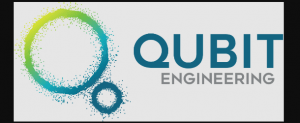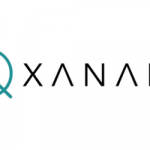Qubit Engineering optimizes wind farm energy production with Azure Quantum

(MicrosoftCloudblogs) Qubit Engineering is using quantum-inspired capabilities available on the Azure Quantum platform to optimize wind farm layouts and, in doing so, capture more available energy with the same physical wind farm assets. IQT-News shares this news from the Microsoft blog.
Wind farms have achieved tremendous efficiency gains over the last two decades through hardware innovation. Software innovation, in the form of turbine layout optimization, can now further amplify these efficiencies.
Wind farm layout optimization is considered a key profit driver for developers and owners. And, as layouts become increasingly optimized, wind power becomes even more attractive as an alternative to fossil fuels, thus helping reduce the carbon footprint for consumers and businesses.
Optimizing wind farm layouts is challenging because individual turbine positions are highly correlated. Moving the position of a turbine even a couple of meters in the design process has the potential to affect the energy production of the entire farm over its more than 20-year lifetime.
To illustrate the complexity of the optimization, a modest wind farm with 50 turbines and 100 suitable locations yields an astronomical number of possible configurations:
Qubit Engineering, a quantum algorithms startup collaborating with Azure Quantum on industry solutions, takes an entirely novel approach by converting a complex optimization problem into a new format adapted to quantum-inspired  optimization (QIO). Azure Quantum QIO enables Qubit Engineering to employ quantum-inspired techniques that combine classical algorithms and classical compute hardware while leveraging the scale of the Azure cloud. They combine all the constraints and equations describing the dynamics of a problem into a Quadratic Binary formulation. The problem is then cast into a large matrix with thousands of variables and millions of values—not practical to tackle using traditional techniques—but solvable using Azure Quantum QIO.
optimization (QIO). Azure Quantum QIO enables Qubit Engineering to employ quantum-inspired techniques that combine classical algorithms and classical compute hardware while leveraging the scale of the Azure cloud. They combine all the constraints and equations describing the dynamics of a problem into a Quadratic Binary formulation. The problem is then cast into a large matrix with thousands of variables and millions of values—not practical to tackle using traditional techniques—but solvable using Azure Quantum QIO.
This approach demonstrably performs 1 percent to 3 percent better than the traditional next best approach in the industry, confirmed by multiple leading turbine manufacturers and wind farm developers. This 1 percent to 3 percent improvement translates to megawatts of energy which in turn can power hundreds of additional households over the lifetime of a wind farm—at no additional capital expense.
Building off this success, the Qubit Engineering and Azure Quantum teams are now working together to address a truly pioneering problem: showcasing the impact of optimization on a large 1,000-turbine wind farm. This requires grappling with tens of thousands of variables and billions of values.
Sandra K. Helsel, Ph.D. has been researching and reporting on frontier technologies since 1990. She has her Ph.D. from the University of Arizona.



















